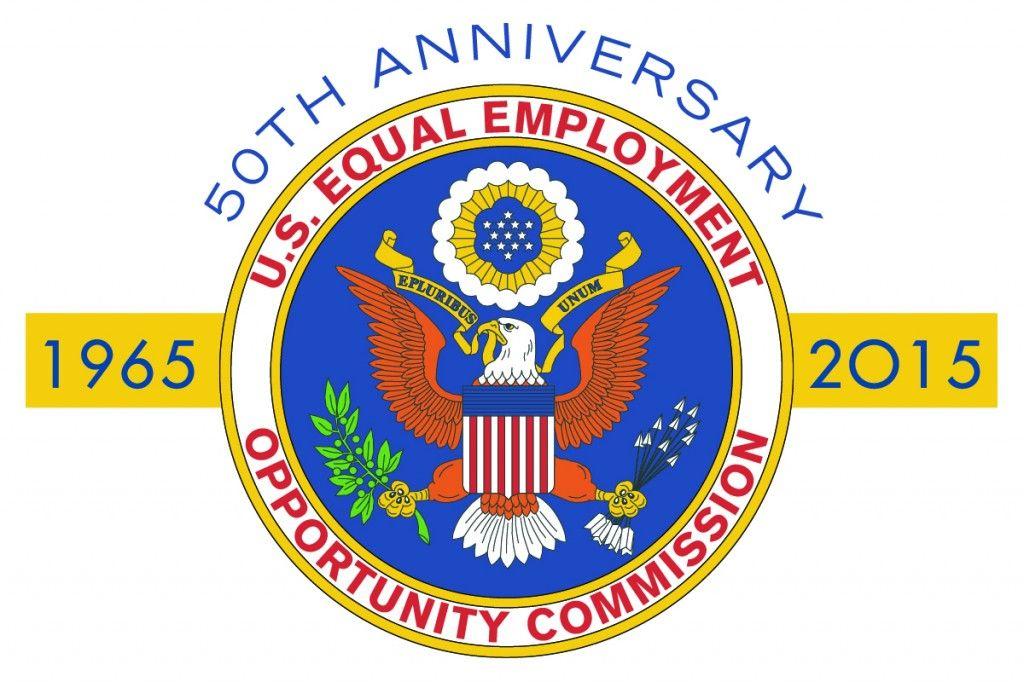
The workplace is changing rapidly, but some challenges, such as age discrimination, remain. This reality manifests itself in a variety of ways, sometimes subtle, such as pressure to retire, and sometimes more overt, such as terminations. Even seemingly well-intentioned decisions can create significant legal risks for employers, potentially leading to costly lawsuits and fines.
A recent case involving a 78-year-old receptionist in Georgia highlighted the true consequences of such actions. This particular situation attracted the attention of the Equal Employment Opportunity Commission (EEOC) and ultimately resulted in a sizable settlement, highlighting the important protections that federal law provides to older workers.
Let’s take a closer look at this high-profile case. Shirley Noble has been a member of staff at Covenant Woods Retirement Community in Columbus, Georgia, for many years. In fact, she’s been working there as a receptionist since 2007, about 14 years.

Her performance was clearly valued, as evidenced by her being named 2021 Employee of the Year in January 2022. This recognition made what happened next all the more shocking.
Just one month after she was honored for her contributions, Ms. Noble suffered a medical incident at work. The incident, which was related to high blood pressure, occurred on February 10, 2022. She was taken to the hospital and released approximately two days later.
According to information in the complaint, doctors later stated that the incident was caused by dehydration. After a brief hospital stay, Ms. Noble planned to return to work, as she had consistently received good evaluations throughout her employment.
A few days after her hospital stay, Ms. Noble went to Covent Woods Nursing Home, intending to tell residents and co-workers that she was feeling better and ready to return to work. Upon arrival, however, she found a new employee, reportedly nearly 30 years younger than her, working as a receptionist at her desk.

Soon after she made this observation, the company allegedly directed her to meet with the general manager and office manager. It was during this meeting that the conversation turned to her future employment, specifically asking about her plans and need to continue working.
The managers allegedly asked questions such as, “What do you see yourself doing in the future? Do you need to continue working? Don’t you want to travel? Do you want to see your brother?” The complaint states that these questions were asked during the meeting. Ms. Noble explicitly expressed her desire to continue working for two to three years.
However, despite her confirmation of her desire to continue working and assuring the company that she was feeling better, the company allegedly stated that it had lost confidence in her ability to do her job. The general manager reportedly cited the blood pressure incident earlier that month as an example of her lack of confidence.

According to the lawsuit, during the initial meeting, Ms. Noble was offered three options. Those options included: working as a receptionist only on Sundays, transferring to another unspecified position within an unspecified department, and accepting an unpaid “volunteer ambassador” position.
Ms. Noble met with managers again the next day, according to the complaint. She reportedly asked to work as a receptionist for another 30 days to address any performance issues they might have raised. However, she was allegedly told that the receptionist position was no longer available. Ms. Noble then rejected the other proposed alternatives.
The day after the second meeting, a termination letter was sent. The complaint states that the June 3 letter from managers to Ms. Noble reiterated that the February 10 incident created a “safety risk” that prompted them to “make difficult changes.” Two people who were decades younger than Ms. Noble were then allegedly assigned to fill the position she had previously been solely responsible for.

The Equal Employment Opportunity Commission (EEOC) took action, filing a lawsuit in federal court on behalf of Ms. Noble alleging age and disability discrimination. The agency cited a press release from the EEOC’s Atlanta District Office, saying the company fired the “long-serving receptionist even though the 78-year-old employee was named one of its employees of the year in January 2022.”
According to court documents cited in the article, the company also allegedly violated its own policies by immediately firing her because she did not receive any verbal warning, written warning, or suspension beforehand. This lack of progressive discipline further supported the allegation of discriminatory termination.
The lawsuit alleges that Ms. Noble was fired “because of her age and disability or perceived disability.” This specific allegation highlights two key federal pieces of legislation designed to protect workers: the Age Discrimination in Employment Act (ADEA) and the Americans with Disabilities Act (ADA).
The Age Discrimination in Employment Act (ADEA) is a key law to combat age discrimination in the workplace. As interpreted by the EEOC, the law protects employees 40 years old and older from discrimination. This protection covers all aspects of employment, including hiring, firing, compensation, and benefit-related decisions.

On the other hand, the Americans with Disabilities Act (ADA) prohibits employers from firing employees because of their actual or perceived disability. In Ms. Noble’s case, the EEOC alleged violations of both statutes, finding that her age and a brief hospital stay (which was considered a disability or affected her ability to work) were reasons for her termination.
Marcus G. Keegan, District Attorney for the EEOC’s Atlanta District Office, emphasized the fundamental responsibility of employers in evaluating their employees. “Employers have a duty to evaluate their employees’ performance regardless of their age (if they are 40 years of age or older) and regardless of whether they have an actual or perceived disability,” he said.
Keegan further emphasized the agency’s view on the Covenant Woods incident, stating, “Covenant Woods violated both statutes by firing a high-performing and long-tenured employee based on an unfounded belief that her age and health would prevent her from doing her job.”
The EEOC announced that Covenant Woods and its parent company, BrightSpace Senior Living, have agreed to settle the lawsuit. The settlement was for $78,000, of which $50,000 was compensatory damages and $28,000 was wages.

Darrell Graham, regional director of the EEOC’s Atlanta office, emphasized the broader principles behind such actions. “Employees have the right to receive fair evaluations of their performance, regardless of age or health. The EEOC is committed to upholding that right,” he said.
In addition to the monetary settlement, the agreement, announced in late April, requires Covenant Wood to make significant changes. The company has agreed to implement policy revisions, training programs, and reporting measures specifically designed to prevent future violations of anti-discrimination laws.
Marcus G. Keegan expressed satisfaction with the outcome, noting, “The EEOC is pleased that through this early resolution, the former receptionist will be compensated and Covenant Wood has agreed to take steps to ensure that it meets its obligations under anti-discrimination laws and the Americans with Disabilities Act going forward.” This emphasizes the importance of not only compensating affected individuals, but also putting safeguards in place for the future.
Brian Hendricks, CFO of BrightSpace, issued a statement on the settlement. He said Covenant Woods and BrightSpace Senior Living settled because of the “high costs of litigation.”

Hendricks’ statement clarified their position, saying “We do not admit any wrongdoing or discrimination as part of this resolution.” He also added, “Covenant Woods and BrightSpace Senior Living remain committed to complying with all discrimination and employment laws.”
Ms. Noble’s daughter shared her mother’s feelings about the experience. She released a statement on her mother’s behalf, saying that Ms. Noble loved working at Covenant Woods for more than 14 years.
According to the statement, Ms. Noble loved the residents and other staff there and described it as “feeling like home.” Her daughter said that as a result, Ms. Noble was “very sad that her employment there ended this way.”
While this case was specific to Ms. Noble, it is far from an isolated case. In recent years, the Equal Employment Opportunity Commission (EEOC) has been actively pursuing cases under the Anti-Discrimination Relief Act (ADEA), many of which involve allegations that employees were forced to retire, often through termination.

This trend suggests that seemingly routine, age-based retirement practices can actually create significant legal risks for employers. It’s a reminder that decisions about employees’ futures must be based on their performance and qualifications, not their age.
For example, take the Allen Theatres case mentioned in context. A theater manager who had worked for the company for 31 years was allegedly forced to retire at age 73 when the theater reopened in March 2021 after the COVID-19 shutdown. The EEOC lawsuit also claimed that the theater’s pay policy was discriminatory.
The policy allegedly eliminated the manager’s family health insurance because he was 65 years old and eligible for Medicare. In addition, the policy allegedly reduced the wages of a group of employees aged 65 and over, including the IT director of another theater. The employer settled the case for $250,000 and, under a two-year consent order, agreed to provide health insurance to current employees over 65 who were not enrolled in the company plan, revise its policies, improve complaint investigations and training, and submit regular reports to the Equal Employment Opportunity Commission (EEOC).
Mary Jo O’Neill, EEOC regional attorney who worked on the Allen Theater case, praised the company’s cooperation in resolving the case early. She also issued a strong warning about forcing older employees to retire, stating, “It is a violation of federal anti-discrimination law for managers or any company executive to force an employee over 40 to involuntary retire because of their age.”

Looking ahead, these cases and the EEOC’s guidance outline a clear path for companies to follow: focus on performance, provide equal opportunity, and proactively eliminate any bias that may arise. Only then can workplaces truly realize the full potential of a diverse and experienced workforce.



